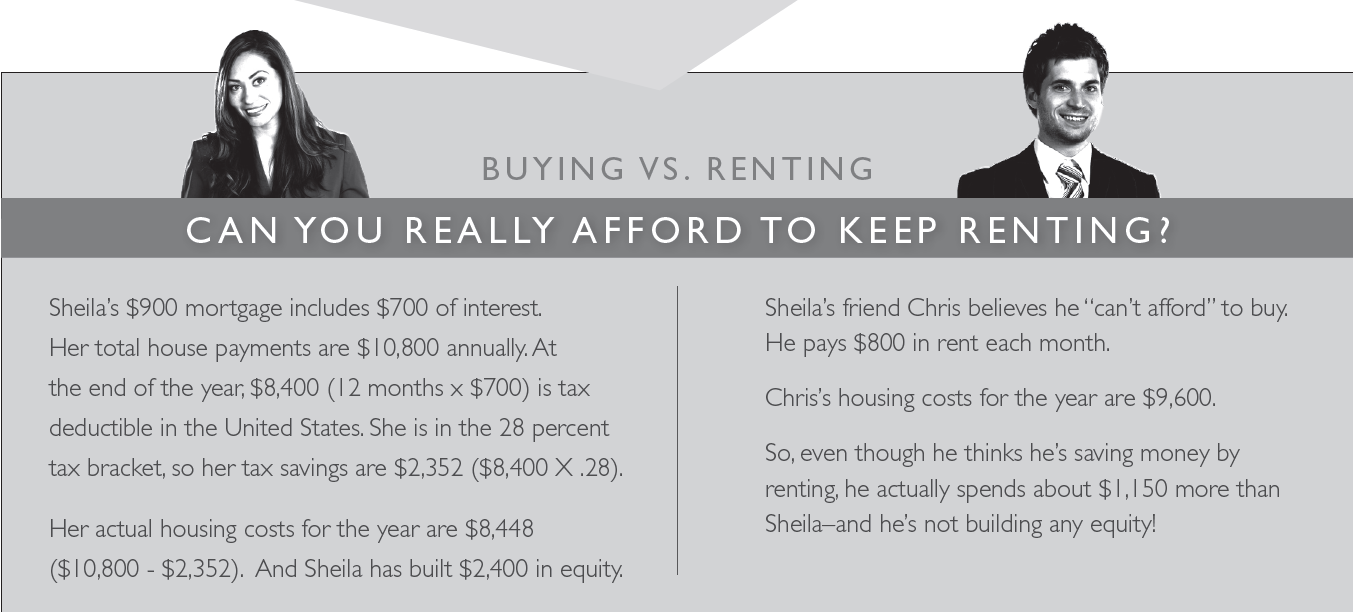Your Complete Guide to Financing a Home Purchase: Steps, Options, and Real-World Strategies
Introduction
Financing a home is one of the most significant financial commitments you can make. Whether you’re a first-time buyer, upgrading, or building new, understanding your options, eligibility, and the application process is essential. This comprehensive guide provides actionable steps, real-world examples, and alternative pathways to help you successfully finance your next home.
Understanding Home Financing Basics
Most homebuyers rely on mortgage loans to purchase a property. A mortgage is a long-term loan, typically repaid over 15 to 30 years, with your home acting as collateral. The repayment amount includes the loan principal and interest, and may also cover property taxes and insurance, collectively known as PITI (Principal, Interest, Taxes, Insurance) [1] .
Lenders assess your debt-to-income ratio (DTI) to determine your borrowing capacity. DTI is calculated by dividing your total monthly debt payments by your gross monthly income. Many lenders use a 28/36 qualifying ratio, meaning your housing expenses should not exceed 28% of your gross income, and total debts should not exceed 36% [1] .
Step-by-Step: How to Finance a House
1. Assess Your Financial Readiness
Start by reviewing your credit score, monthly income, and existing debts. A higher credit score often qualifies you for better interest rates and broader loan options. If your score is low, consider strategies to improve it before applying for a mortgage.

Source: wallpaperaccess.com
Estimate your available funds for a down payment and closing costs. While 20% down has traditionally been standard, many programs allow much lower down payments-sometimes as little as 3% [2] .
2. Explore Loan Types and Down Payment Options
Understanding your options helps you choose a loan that fits your needs. Here are the main types:
- Conventional Loans: Not government-backed; often require 3%-20% down. Best for those with good credit and stable finances.
- FHA Loans: Backed by the Federal Housing Administration; allow down payments as low as 3.5%, ideal for first-time buyers or those with less robust credit [3] .
- VA Loans: For eligible veterans and service members, often with no down payment required. Contact the U.S. Department of Veterans Affairs for eligibility details.
- USDA Loans: For buyers in designated rural areas, sometimes with zero down payment. Check eligibility through the U.S. Department of Agriculture’s website.
- Jumbo Loans: For properties exceeding conforming loan limits; usually require higher credit scores and larger down payments [2] .
3. Consider Down Payment Assistance and Special Programs
Down payment and closing cost assistance programs are available through state housing finance agencies, local governments, and some nonprofit organizations. For example, the California Housing Finance Agency (CalHFA) offers low- and zero-interest down payment loans for eligible buyers. To learn more, visit your state’s housing finance agency or search for “down payment assistance” in your area [4] .
Many states have eligibility calculators and program finders to help you determine which assistance programs may be available based on your income, property location, and credit profile.

Source: jooinn.com
4. Get Pre-Approved for a Mortgage
Securing a pre-approval from a lender is a critical step. This process involves providing documentation of your income, assets, debts, and credit history. The lender will evaluate your application and issue a pre-approval letter stating the amount you can borrow and the likely interest rate [2] .
Implementation Steps:
- Gather financial documents: pay stubs, tax returns, W-2s, bank statements, and records of debts.
- Contact multiple lenders (banks, credit unions, mortgage brokers) to compare offers.
- Request pre-approval and review the terms, including loan amount, interest rate, and estimated monthly payment.
- Use your pre-approval letter to demonstrate your seriousness to sellers during the home search.
5. Budgeting and Planning for Costs
Beyond the down payment, homebuyers should budget for:
- Closing costs (typically 2-5% of the purchase price)
- Home inspections and appraisal fees
- Ongoing property taxes, insurance, utilities, and maintenance
Set aside an emergency fund for unexpected expenses. Some buyers also consider a home warranty for added protection in the first year.
6. Alternative Financing Pathways
If you are building a new home, consider a construction-to-permanent loan, which covers the building phase and then converts to a traditional mortgage upon completion. These loans often require a specialized lender and may have different down payment and qualification criteria. For example, some lenders cap the maximum loan amount and require interest-only payments during construction [5] .
Lease-to-own programs, co-borrowing with family, or using retirement account loans may also be options in certain situations. Each approach comes with distinct benefits and risks, so it’s wise to consult a qualified financial advisor before proceeding.
7. Finalize Your Loan and Close on Your Home
Once you have an accepted offer on a home, your lender will initiate the full underwriting process. Be prepared to submit additional documentation and respond promptly to requests. The lender will order an appraisal and conduct a title search. Closing involves signing final loan documents and paying closing costs. Upon completion, you’ll receive the keys to your new home.
Overcoming Common Challenges
Many buyers face obstacles such as low credit scores, limited savings, or high debt. Here are solutions to common problems:
- Low credit or savings: Explore FHA, VA, or USDA loans, and ask local housing agencies about down payment assistance.
- High debt-to-income ratio: Pay down existing debts or consider a co-borrower with stronger finances.
- Uncertain eligibility: Use online calculators from housing agencies to estimate your eligibility and affordability.
Remember that the process can be complex, but many resources are available to support buyers at every stage. Reach out to local housing counselors or nonprofit agencies for free or low-cost guidance.
Practical Example: First-Time Homebuyer Using State Assistance
Consider a first-time homebuyer in California earning a moderate income. After reviewing CalHFA’s eligibility criteria, they find they qualify for a low-interest first mortgage and a junior loan to cover their down payment. They contact a CalHFA-approved lender, gather their financial documents, and get pre-approved for a loan amount that fits their budget. They work with a real estate agent to find a home, make an offer, and use their pre-approval letter to strengthen their bid. At closing, they use the state’s assistance to reduce their out-of-pocket costs, making homeownership possible with less upfront cash [4] .
Key Takeaways
Financing a home is achievable with the right planning and resources. Assess your financial readiness, research loan types, seek pre-approval, and don’t hesitate to explore special programs or ask for help. For the most current options, contact your state housing finance agency or a trusted mortgage lender, and always verify eligibility and requirements before applying.
References
- [1] State of New Jersey Department of Banking & Insurance (2024). Buying a Home: Consumer Guide.
- [2] Guardian Life (2024). Buying a House: Step-by-Step Guide.
- [3] MyFirstBank (2024). The Ultimate Guide for First-Time Homebuyers.
- [4] California Housing Finance Agency (2024). Steps to Buying a Home.
- [5] Johnson Financial Group (2024). How to Finance the Building of Your New Home: Your Complete Guide.



